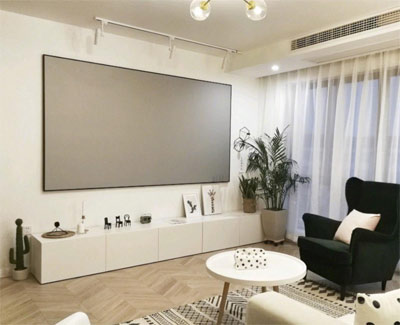In the use of the projector, most people will not pay attention to the role of the projection screen in the whole process of use. Many friends think that the projection screen is a dispensable product, and if it is, it is naturally better. If it is not, it will not hurt. But is this really the case? Let’s talk about it today.
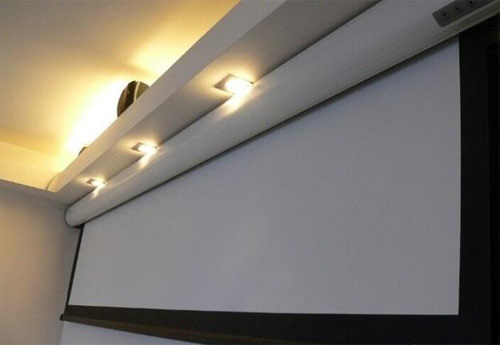
Is the projection screen a dispensable product? To explore this issue, we must first understand the projection screen. It has its own resolution
I know that the projector has a resolution, but I have never heard of the resolution of the screen. In fact, the projection screen has a resolution and its resolution plays an important role in the projection process.
The resolution of the projection screen refers to the size of the smallest optical structure on the screen. In the case of a rear projection TV, or a resin hard screen, the user can observe that there are regular geometric cylinders on the screen; however, it is not visible for general white plastic screens and bead screens.
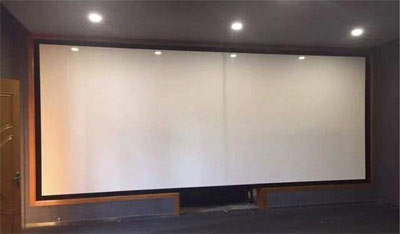
The projection system can display a clear picture when the resolution of the screen is significantly higher than the resolution of the projector.
The projection system can display a clear picture only when the resolution of the screen is significantly higher than the resolution of the projector. If the resolution of the projection screen is significantly lower than the resolution of the projector, then even the best projector can only project a “mosaic” picture.
It has its own viewing angle Another key parameter of the projection screen is the viewing angle. The concept of the viewing angle can be understood as the visible angle when the amplitude of the radiated light attenuation reaches 50% of the intermediate area, and the angle between the left and right visible edges is the viewing angle. After the angle range is exceeded, the color and brightness are drastically reduced, which seriously affects the viewing effect.
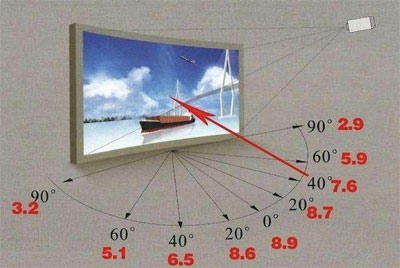
The viewing angle of the projection screen is determined by the geometry of the smallest optical structure of the screen.
The viewing angle of the projection screen is determined by the geometry of the smallest optical structure of the screen. The viewing angle of the screen is also closely related to the brightness uniformity of the screen, the brightness, contrast and color effects at different viewing angles. It can be said that the viewing angle of the screen is higher than that of the screen.
It can achieve brightness gain
What is gain? Simply speaking, in the case where the projector and the ambient light are fixed, the projection screen reflects the ratio of the brightness of our naked eye to the brightness of the white wall. In theory, choosing a high-gain projection screen can bring a brighter picture in order to achieve the purpose of overcoming the ambient light.
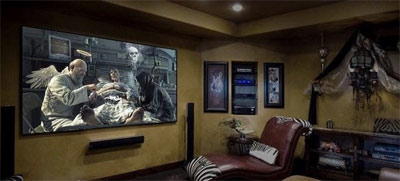
The principle of the screen gain is exactly the opposite of the viewing angle.
But the actual use is not as the theory says, the principle of the screen gain is exactly the opposite of the viewing angle. The high-gain screen is suitable for the lack of brightness of the projector itself, and has obvious damage to the viewing angle, color, brightness uniformity and contrast effect. It can only be said that the fish and the bear’s paw can’t have both!
It can achieve contrast enhancement
There are two main ways to increase the contrast of the projection screen: one is to reduce the emissivity, and the second is directional reflection. At present, the high-grade projection screen is designed to reduce the interference of ambient light by processing the reflection and absorption laws of light at different incident angles through precise optical structure design.
It can be seen that the projection screen is not a useless “vase”. When friends choose the home projector carefully, they also need to spend some thought on the choice of projection screen. A good projection effect does not only require a good projector, but the use of the screen is very important.
